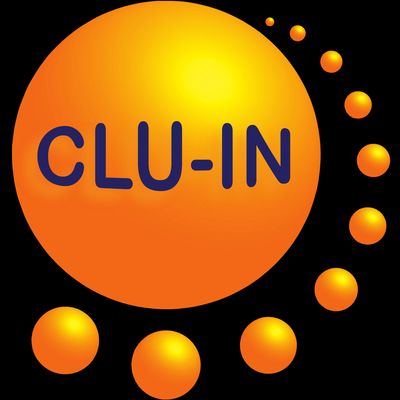Since 1998, The Contaminated Site Clean-Up Information (CLU-IN) website has presented Internet Seminars covering a wide variety of technical topics related to hazardous waste characterization, monitoring, and remediation. For select seminar topics offered since 2012, we are making complete video recordings available through our archives. This feed contains all video seminars archived in the last 12 months. For a complete list of seminars archived since 2000, please visit http://www.clu-in.org/live/archive/. Our Rehabilitation Act Notice for reasonable accommodation is available at http://www.clu-in.org/training/accommodation.cfm. CLU-IN was developed by the U.S. Environmental Protection Agency (EPA) but is intended as a forum for all waste remediation stakeholders. For more information and to view upcoming live offerings, please visit http://www.clu-in.org/live/. For a complete list of RSS feeds available on CLU-IN, please visit http://www.clu-in.org/rss/about/.
http://www.clu-in.org/live/archive
Passive Treatment of Mining-Influenced Water: From Bench Scale to O&M (Nov 14, 2016)
Passive treatment refers to processes that do not require frequent human intervention, operation, or maintenance, and typically employ natural construction materials, natural treatment media, and promote growth of natural vegetation. Biochemical reactors (BCRs) are a type of passive treatment system that use microorganisms to remove contaminants from mining-influenced water (MIW). BCRs and other passive treatment processes can be cost-effective and lower-maintenance treatment options for mine site cleanups. They also offer significant opportunities to reduce the environmental footprint associated with treatment of MIW. In recent years, development and implementation of passive systems has increased. However, there?s still plenty to learn about their effectiveness. Pilot studies are good ways to study passive treatment and their application scenarios. In this webinar, two case studies will be presented that document design and implementation of BCRs to passively treat MIW ? from bench-scale tests to full-scale operation and maintenance, including recovery of iron oxide byproducts for sale. Case Study 1: Passive Treatment of Metal Mine Drainage at an Abandoned Mine near Lake Shasta, California James Gusek, Sovereign Consulting, Inc. and Rick Weaver, USDA Forest Service Case Study 2: Operation and Maintenance of Passive Treatment Systems at Two Bituminous Coal Mines in Southwestern Pennsylvania Bob Hedin, Hedin Environmental and Iron Oxide Recovery, Inc. and Amy Wolfe, Trout Unlimited, Pennsylvania Coldwater Habitat Restoration Program and Easter Abandoned Mine Program To view this archive online or download the slides associated with this seminar, please visit http://www.clu-in.org/conf/tio/mining-pt_111416/
